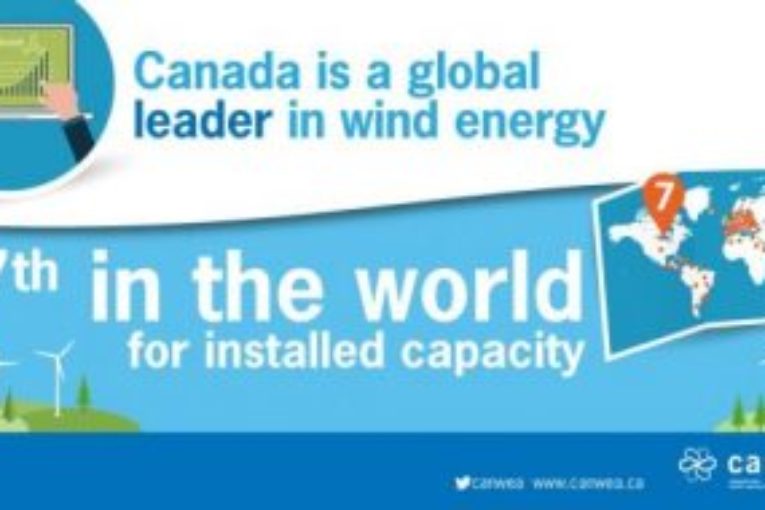
Wind energy to help clean electricity grids and reduce emissions
I recently attended the American Wind Energy Association’s 2016 annual conference in New Orleans and it served to highlight how the future development paths for wind energy will differ between Canada and the United States. It is inspiring to see that Canada is a big step ahead.
In the U.S., Congress voted at the end of last year to extend the renewable electricity production tax credit (PTC), the U.S. market’s main incentive mechanism, and to phase it out by the end of 2019. That, and new rules around how renewable energy projects qualify for the credit, provide an unprecedented five years of policy certainty for the wind energy industry. As a result, we can expect to see significant growth of the industry in the U.S. over that period, with industry analysts telling conference participants that new installations will likely average about 9,000 MW a year through 2020.
Canada is just completing a similar period of policy stability. Wind energy has been the largest source of new electricity generation in Canada over the last five years and Canada’s installed wind energy capacity has grown by an average 23 per cent a year over that period. As a result, we are now the seventh largest wind energy producer in the world.
Delegates to the U.S. event also heard, however, that once the production tax credit expires investment in wind energy is likely to drop significantly through a transitional period that will extend until U.S. policies on climate change are fully implemented. Right now, hopes for such policies are largely represented by the Obama administration’s Clean Power Plan, which aims to reduce emissions from the power sector 32 per cent below 2005 levels by 2030. It is not yet clear though if that plan will survive court challenges and November’s presidential election.
Canada, on the other hand, is already entering a transitional period that will see growth rates slow in the short-term, but we are well ahead of the U.S. in terms of the climate change policy that will provide long-term opportunities for our industry. Our electricity grid is already the least greenhouse gas intensive among the G-7 group of leading industrialized countries. Where it is not, like in Alberta and Saskatchewan, governments have responded with climate change action plans that will significantly grow wind energy in their provinces. In fact, implementation is slated to begin this year on 15-year plans that will result in a minimum of 6,000 MW of new wind energy being built in Alberta and Saskatchewan alone.
In parts of Canada with cleaner electricity grids, provinces like Ontario and Quebec have announced comprehensive climate change strategies that promise significant new opportunities for wind energy through increased electrification of transportation, buildings and industry and the pursuit of increased clean electricity exports to the United States. While it will take time to implement these comprehensive strategies, the potential opportunities for wind energy are enormous as both Ontario and Quebec are now starting to take steps to meet commitments to reduce greenhouse gas emissions by 80 per cent or more by 2050.
The fact that the United States has a much dirtier electricity grid that relies more heavily on fossil fuels for electricity generation means that short-term opportunities for new wind energy development will be larger in the U.S. But Canada is further ahead on implementing the actions required to address climate change that will provide a long-term sustainable future for wind energy development by looking beyond wind energy’s role in the electricity grid to its role (with other renewable energies) as a substitute for fossil fuels in other sectors of the economy where most of our greenhouse gas emissions are produced.
President of the Canadian Wind Energy Association
You can read more of the news on source



